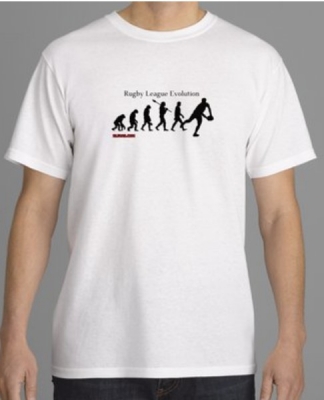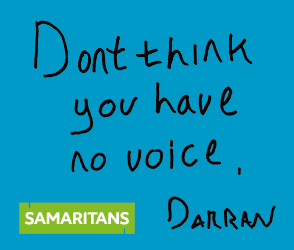cod'ead wrote:
You may be confusing employment and unemployment statistics
Different measures of the labour market stats get reported and focused on which gets confusing.
eg "more people in employment now than ever before" - yes because the population/labour force is growing
"unemployment rate has fallen" - check whether the inactivity rate has risen before celebrating
There are three labour market statuses: employed, unemployed and inactive. Unemployed means you want a job and are looking and can't find one. If you want full time work and can only find part time work you are employed but a subcategory within that called 'underemployed'. Inactive means you aren't participating in the labour market - retired, in education, or just not looking for work for whatever reason (eg on disability benefits).
When you hear cynics saying "the government wants to put young people in to education because that gets them off the unemployed figures" they mean they are moving people from unemployed to inactive, so yes that does make the unemployment rate look lower. Also if people give up searching for jobs because they think there's no point....they also come off the unemployment figures, and go to inactive, which makes the unemployment rate look better!
IMO the best guide to how the labour market is performing is the employment rate for the working age (16 to 64) people. This excludes the 65s and over and is saying what proportion of your working age population is actually working.
In the early 1990s the employment rate was around 68 to 69 per cent and then it started to creep up during the mid 90s. When Labour took office in May 1997 it was 70.9 per cent. It continued to rise at this point, reacted 72 per cent in 1999, 73 per cent in 2004 and hovered around the 73 per cent mark for the next four years.
The last time it was 73 per cent was in May 2008. At the point the Coalition took office it was 70.4 per cent. It then pretty much flatlined and bottomed out in Sept 2011 at 70.2 per cent. But one thing to be said for the UK labour market's response to the most recent recession, was things weren't nearly as bad for employment as they could have been given the depth of the recession, the labour market is more resilient now than it was in the early 80s or early 90s recessions under Thatcher/Major.
In the past two years things have improved, and the latest figures are 72 per cent. So we're back to around where we were at the start of 2009 in the early part of the recession, or to where we were in 1999 when we were on the up.
However there has been an increase in the proportion of part-time working in that employment rate. Between 1995 and 2009 the proportion of the workforce that was part-time was about 25 per cent. Since 2010 it has been around 27 per cent.
Part-time working is ok for people that want to be part-time, but the underemployment rate (ie proportion of those that are employed that are working part-time but want to work full-time) has also crept up. This had been about 3 per cent in the mid 1990s and fell to below 2 per cent in the mid 2000s. It was 3.7 per cent when the Coalition took office and is now 4.9 per cent.








